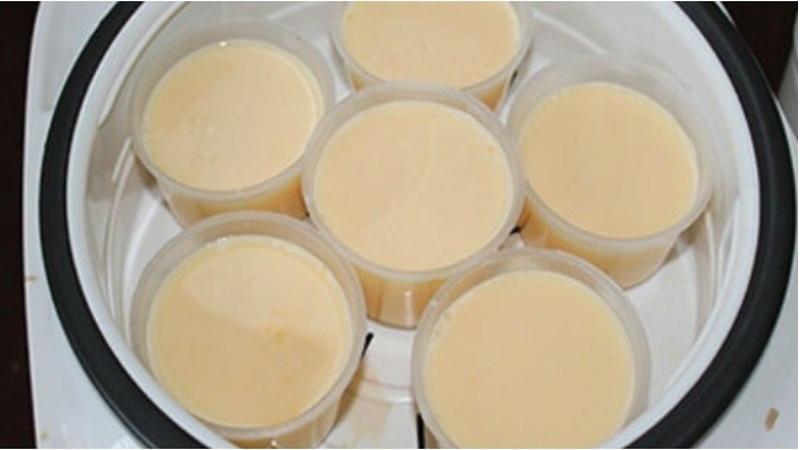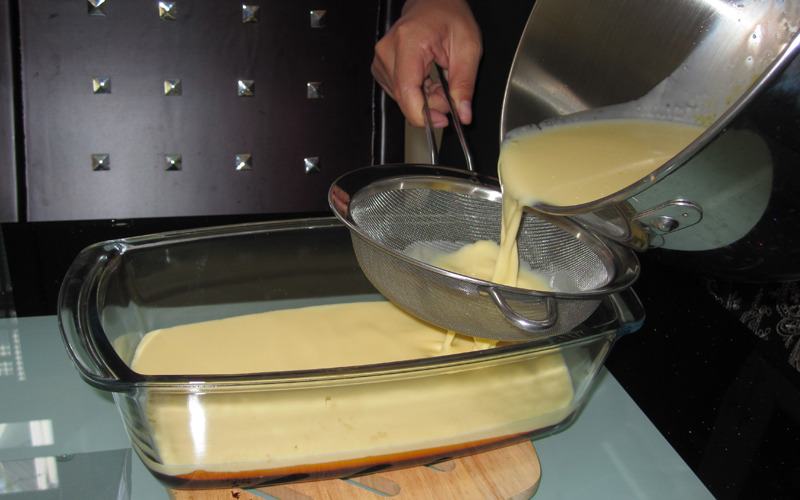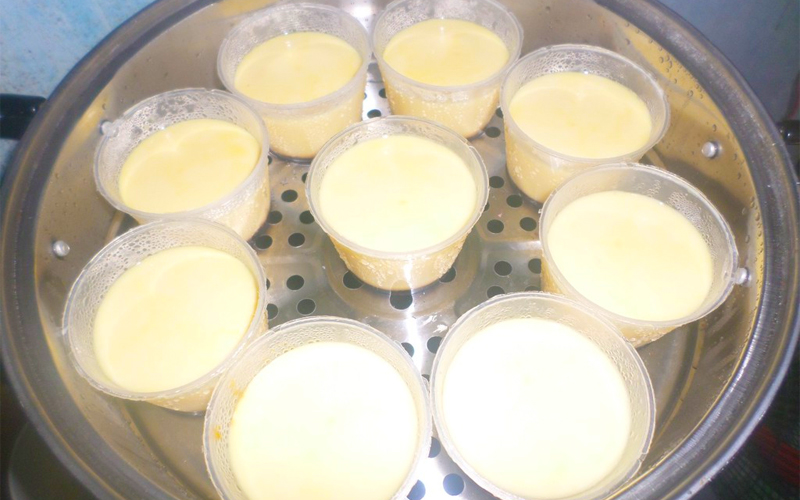Flan cake is a beloved dessert known for its glossy appearance and delectable taste. However, achieving that perfect smooth texture can sometimes be a challenge. The most common issues encountered are holes on the surface, inside the cake, and at the bottom. If you’ve experienced any of these problems, fret not. The following tips and tricks will assist you in overcoming these obstacles and creating a flawlessly smooth flan cake.
How Long Should a Flan Cake Be Steamed for Perfectly Smooth and Hole-Free Results?
Proper steaming time is crucial for achieving a smooth and perfectly cooked cake. Insufficient steaming time will result in an uncooked flan cake, while excessive steaming can lead to a burnt bottom and dry, unappetizing texture.

The cooking time of a flan cake is influenced by factors such as the quantity of cake being steamed and the type of mold being used. On average, it takes approximately 30 minutes to steam 5-6 regular-sized flan cakes for optimal flavor and texture. If you have multiple cake molds, the cooking time may extend to around 40-60 minutes. For larger cake molds, the recommended steaming time is about 40-50 minutes to ensure the cake is thoroughly cooked.
Once the cake has been steamed for the recommended amount of time, it can be tested for readiness by inserting a toothpick. If the toothpick comes out with a runny texture, it is advisable to continue steaming for an additional 5-10 minutes.
Fixing a Flan Cake With Holes
Flan Cake with Holes
The presence of holes on the surface of your flan cake is due to the steam rising, condensing on the cover, and causing dripping onto the cake. To prevent this, it is essential to always cover the cake mold when steaming. This step will effectively avoid water contact with the cake surface, ensuring a smooth and shiny appearance for your flan cake.

To ensure optimal results, it is recommended to use a mold with a cover when preparing this recipe. However, if a mold without a cover is used, a simple workaround is to prepare two damp towels. One towel should be used to cover the molds, while the other one should be placed over the mouth of the pot before covering it with a lid. This additional precaution will prevent any water on the lid from dripping onto the cake, thereby preserving its quality and presentation.
Flan cake with holes inside
There are several factors that may result in the presence of holes in flan cake. Errors during the baking process or improper steaming at excessively high or inconsistent temperatures can cause an undesirable texture, lacking the desired softness and smoothness. To address this issue, consider implementing the following remedies.

To ensure optimal results, it is advised not to excessively beat the egg-milk mixture or prolong the beating process when preparing the cake. Such action may introduce air bubbles into the mixture, resulting in undesired holes within the cake. The recommended approach is to stir the mixture gently and in a singular direction, ensuring an even integration of the eggs. Prior to steaming, it is also beneficial to strain the egg-milk mixture through a sieve, effectively eliminating any remaining foam and guaranteeing a smooth consistency. Employing these measures will help prevent any holes from forming in the cake.
When steaming the cake, it is important to maintain an optimal temperature to avoid unwanted effects on the final result. If the steaming temperature is too high, the egg-milk mixture will boil excessively, resulting in small water bubbles in the cake. This can lead to the formation of holes in the cooked flan cake. To overcome this issue, it is recommended to steam the flan cake using the lowest heat setting and ensure a stable temperature throughout the process. By utilizing rolling boiling water instead of a vigorous boil, the flan cake will be cooked gradually and evenly, resulting in a smooth texture from the inside out.
Flan Cake with Hollow Bottom
The temperature differential between the top and bottom of the steamer pot can cause uneven heat distribution within the cake mixture. As a result, the bottom surface may develop undesirable holes, diminishing the overall appeal of your flan cake.

To prevent the flan from directly touching the bottom of the pot while steaming, it is recommended to use a two-layer pot or a steaming basket. This will effectively address the issue.
Thank you for sharing your concern about a flan cake with holes. I sincerely hope that my advice will help you successfully overcome this issue and achieve a smooth and delicious flan cake. Best of luck!
– [website].
































